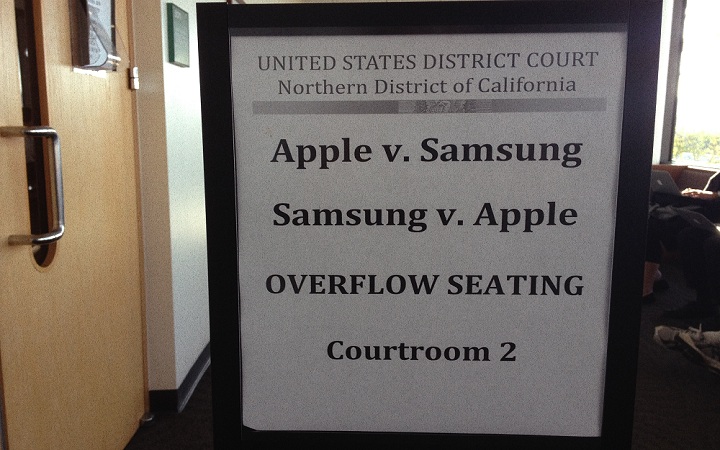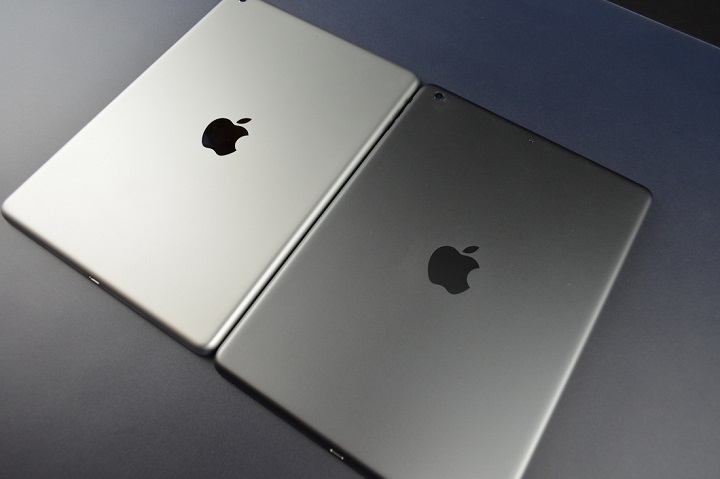
PACs (or, Picture Archiving and Communication System) is changing the face of the care given to patients. Here’s why it’s had an incredible impact.
Imagine that someone in a rural town has a bad accident and needs emergency care.
They’re transported to a local hospital where some medical imaging is taken. With the images, doctors determine to transfer this patient to another hospital where the resources and expertise will better match the treatment needed.
What if that other hospital could see the images taken by the community hospital in real time? What if that hospital could be preparing for the patient’s arrival and emergency care even as the patient is being transported? What if that preparation could be specific, smart, and tailored to that patient’s immediate needs – instead of general?
Well, all this can be. Thanks to PACS, a Picture Archiving and Communication System that is changing the care given to patients.
What is a PACS?
PACS (or, Picture Archiving and Communication System) is a healthcare technology for the storage, retrieval, management, distribution, and presentation of medical images.
With a PACS, a hospital can capture, store, view, and share medical images internally and externally.
PACS have four major components:
- Imaging systems (CT scan, MRI) and X-ray equipment
- A secure network for sharing patient information
- Workstations and mobile devices for viewing, processing, and interpreting images
- Archives for storage and retrieval of images, along with attendant records
It’s a digital real-time system to replace traditional film-based radiology.
Why a PACS?
There’s a push to get as much information as possible in the hands of physicians at the point of care.
The digital images are an improvement on the traditional film. Radiologists can zoom in for a closer look and manipulate the images to aid in their analysis.
A PACS improves hospital workflow, making medical images available and accessible at any time and from anywhere. Images make for more comprehensive (and less redundant) patient medical records, which make for better treatment for patients, even across long distances and time periods.
A community hospital without the budget for a permanent radiologist can send images to a radiologist at another hospital for an expert opinion, or to jumpstart the care in a patient transfer.
The team at the hospital a patient is transferred to has access to the imaging information, so they can diagnose more quickly and skip a repetitive slew of unnecessary tests. They can get to giving the best care sooner.
A radiologist new to the patient can easily and thoroughly review images taken at organizations in the years before. They can see a chronological history.
A patient can have teams of radiologists the world over weighing in on the best course of treatment.
Indeed, radiology is an area of medical practice that is particularly interested in PACS. A PACS radiology system is generally used in concert with a RIS (or, Radiology Information System). A RIS is used to schedule patient appointments and record their radiological history, while a PACS is used to store and retrieve their radiological images.
What’s the catch?
Implementation of current PACS technology is widespread, especially in radiology. But full adoption is sometimes tricky. That is, convincing the various hospital personnel to adopt the system into their everyday practices – to really make the most of the system.
Radiologists at smaller hospitals, for example, might show resistance to working with radiologists at larger hospitals, for fear of losing their autonomy. But a shared PACS is not about losing business or territory; it’s about better patient care. And that needs to win the day.
Some administrative personnel might not feel competent on the new digitized system. So, there’s room for better training, too.
There’s room to improve the technology itself, and how networks of these systems communicate efficiently and securely. How can we better link the right radiology imaging to the right patient, when different hospitals use different tags to catalog the same patient’s records? That’s one example. How can we streamline data across disparate systems? That’s another.
The benefits can’t be denied.
Nor can the potential benefits be denied either, even if there are technological and personnel challenges a plenty. Those we can innovate for, and overcome. It’s worth the effort.
Imagine a world where a patient’s images always follow them, no matter where they were taken and no matter where they go for treatment next. No matter when they go, even. That’s the aim. A world of shared PACS.
They’re on it in Maine – and they’re eager to share the benefits of the robust changes in patient care that they’re successfully making with their PACS.










![Watch Video Now on xiaohongshu.com [以色列Elevatione perfectio X美容仪 perfectio X 全新仪器黑科技了解下]](https://www.techburgeon.com/wp-content/uploads/2019/07/perfectiox-singapore-150x150.jpg)
